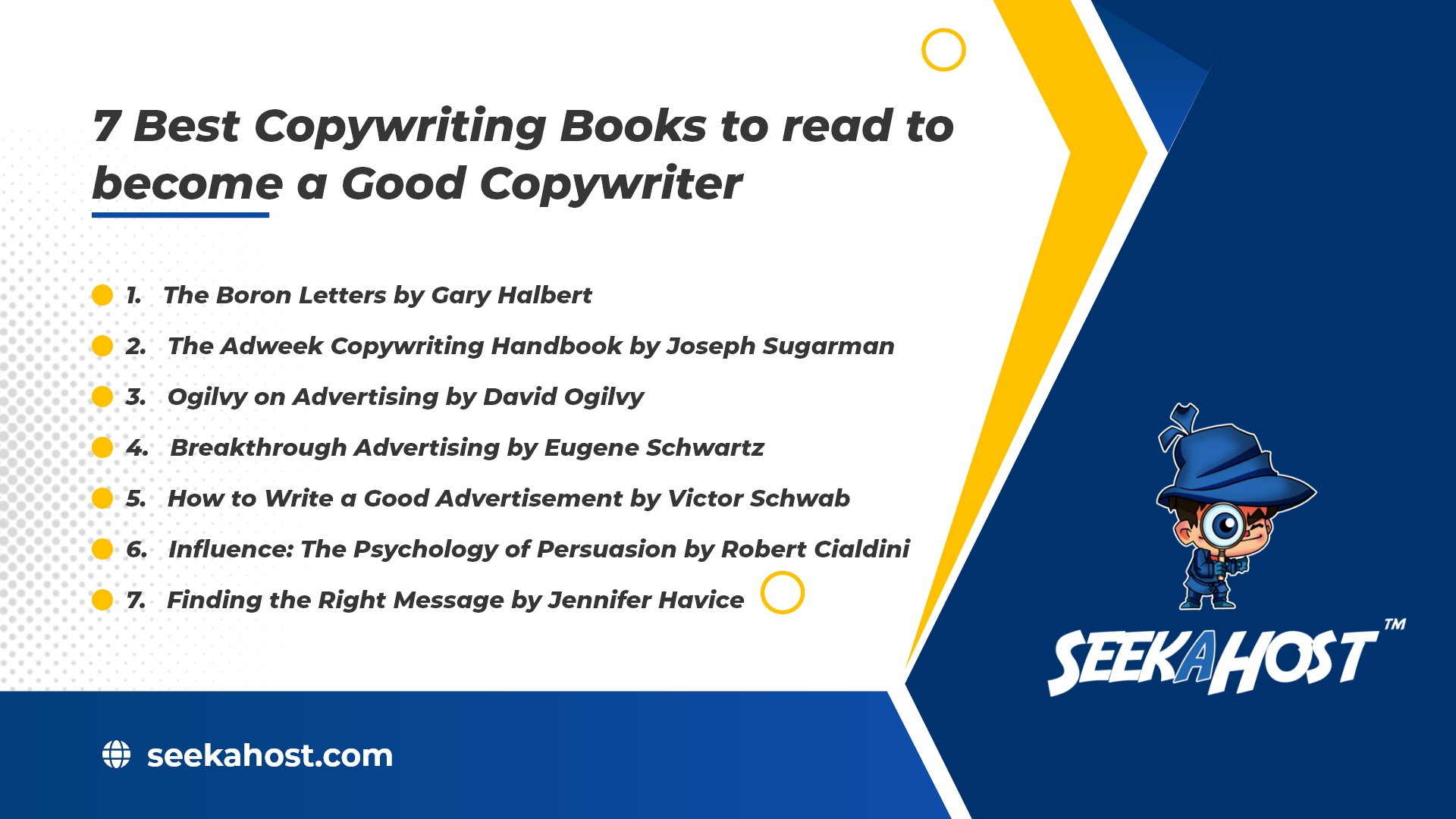
7 Best Copywriting Books to read to become a Good Copywriter
1958 – Rolls Royce sold out every single unit of their cars in the U.S.
Furthermore, the company had to create an eighteen-month waiting list. But Rolls Royce always produced stellar cars.
So, what was different that year? The headline of the ad copy!
“At 60 miles an hour, the loudest noise in this new Rolls-Royce comes from the electric clock.”
Written by David Ogilvy, the copy painted an image of driving the car in the customer’s mind and clearly sold more cars than ever before.
How can you write copy like that? By learning. And what better ways to learn than reading brilliant books about copywriting?
In the next five minutes, learn about the 7 best copywriting books to read to become a good writer.
1. The Boron Letters by Gary Halbert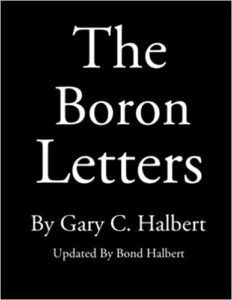
Gary Halbert wrote The Boron Letters in the early 1980s. However, he initially didn’t intend to write a book. He wrote the letters — 25, to be precise — to his youngest son Bond Halbert. He explained copywriting and direct response marketing and even sprinkled life wisdom in the letters as well.
Lessons from the book
- To create the best, you must study the best. Thus, create a collection of stunning ads and messages. Study and analyse what makes the ads and messages stunning.
- Use AIDA (Attention, Interest, Desire, Action) in your copies.
- When writing a copy, ask yourself how to make ordering easy for the customers.
- Your best prospect is your past client.
- When you are stuck, move. Walk, jog, run. Movement brings ideas.
2. The Adweek Copywriting Handbook by Joseph Sugarman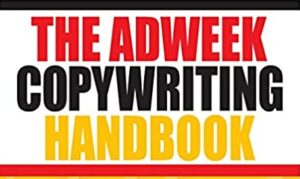
A used plane valued at $190,000 sold for $240,000 using one magazine ad. The copywriter? Joseph Sugarman. Need more reasons to read a book that the same guy wrote?
Joseph Sugarman wrote the book based on a $2,000 course he taught in the 1970s. The book offers a step-by-step copywriting process. Furthermore, the book explains the emotional elements and triggers that create copy that converts.
Lessons from the book
- The primary purpose of any copy element is to make the reader read the copy.
- Create a slippery slide to guide the reader to the call-to-action in the end.
- Answer questions such as what problem your product solves, why should people buy it and you won’t have to ask anyone to buy the product.
- Use stories in your copy to hook readers in and build an emotional bond.
- Create the ideal buying environment. Selling an online writing course? Address the problems writers face, how it feels, and how the product is going to solve the issue.
3. Ogilvy on Advertising by David Ogilvy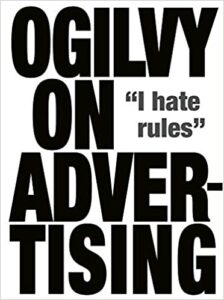
Now let’s return to the person I began the article with. The father of modern advertising — David Ogilvy. The book offers a collection of advice on how Ogilvy ran his ad campaigns.
Ogilvy on Advertising offers behind-the-scenes explanations, high-quality breakdowns, and examples from mediums including print, radio, and TV spots.
Lessons from the book
- Five times as many people read the headline as opposed to the body copy. Thus, create a headline that hooks the reader. You can do so by using numbers, sharing a personal story, and offering evidence to back your claim.
- Include humour in your copy.
- Experiment with different text and images to know which ones attract customers the most.
- Choose conversation over a speech. Engage your reader in the copy.
- Write in the language in which your customer thinks. Spend time to learn how your customers think and speak.
4. Breakthrough Advertising by Eugene Schwartz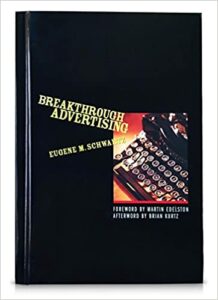
Copywriters consider Breakthrough Advertising as the Bible of copywriting. Eugene Schwartz explains in this book that the concept behind each copy already exists. You need to understand the customer’s desires, problems, and dreams to create the best copy.
The book offers the idea of 5 stages of awareness — unaware, problem aware, solution aware, product aware, and most aware.
Lessons from the book
- Arouse an emotion in your reader’s mind. Love, anger, excitement, fear — they all attract readers. To know what your customer’s hidden desires are, focus on their social media posts and online reviews.
- Copywriting is 80% research and 20% writing. If you know your audience and product or service, writing convincing copy becomes easier.
- Know at which stage of awareness your reader is. Refer to the 5 stages of awareness in the book to understand the reader’s stage of awareness.
- The goal of your copy is to make sales, not to get applause for how flowery your language is.
- Help the reader see how the product will elevate their quality of life.
5. How to Write a Good Advertisement by Victor Schwab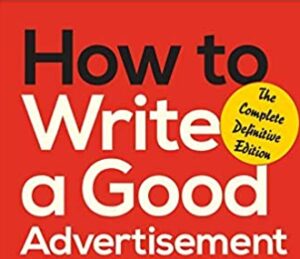
When marketing legend Victor Schwab writes a book on copywriting, you must read it. The book offers a step-by-step breakdown of creating a good ad copy at both a word-specific and tactical level.
The book is beneficial not only for copywriters but for any content creator.
Lessons from the book
- Write copy that gets your reader’s attention. No matter how great your copy is, if the reader does not read it, there is no point.
- Build credibility with testimonials, personal stories, and data to back your claim.
- Use imagery to attract readers to the ad.
- Show the reader the benefit of buying your product or service.
- Guide the readers to your desired call-to-action (CTA).
6. Influence: The Psychology of Persuasion by Robert Cialdini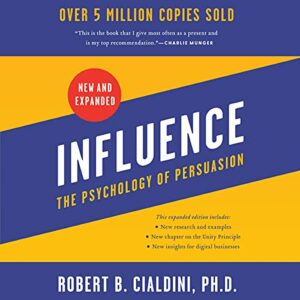
If you want to sell your product or service, you need to know your buyer’s psychology. Influence: The Psychology of Persuasion teaches you just that. Here are a few questions the book answers.
Where do beliefs come from? How do the beliefs form and get altered? What is the driving factor behind decisions?
Lessons from the book
- Use reciprocity. Offer early-bird discounts, trial periods, and free webinars. People buy from those who offer them help first.
- Showcase social proof such as testimonials, reviews, and numbers. People trust businesses that other businesses have trusted already.
- Create scarcity in the customer’s mind. When a customer sees a product almost running out of stock, they are more inclined to buy it sooner.
- Make sure your reader likes not just your product or service but your business as well. We buy more from people we like.
7. Finding the Right Message by Jennifer Havice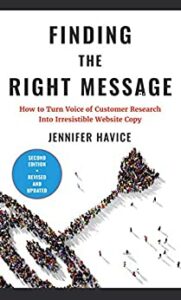
Finding the Right Message offers the message of using common language to connect with your audience. When you use the common language, the audience understands you better and feels compelled to buy from you.
The book offers specific and tactical ways to find and use customer language.
Lessons from the book
- Use surveys, feedback forms, and customer interviews to learn the customer’s voice. The book offers templates for each of them.
- Ask yourself what your ideal customer wants to hear from you.
- Analyse your present customer base to decide how to approach new prospects.
Read more to write better
I’d like to finish off with this quote that highlights the importance of being active rather than passive as a copywriter:
“Everyone wants to climb the mountain, but the big difference between those at the top and those still on the bottom is simply a matter of showing up tomorrow to give it just one more shot.” – Gary Halbert
If you are looking to get into copywriting, then you are certainly entering into competitive yet lucrative field where especially web content and copy for social media advertising is highly sought after. You can see how many of the best bloggers utilize copywriting to earn money online and there are many more ways to make money online with writing.
Read these books and climb that copywriting mountain Gary Halbert talked about. Trust me, the view is mesmerizing from the top.

